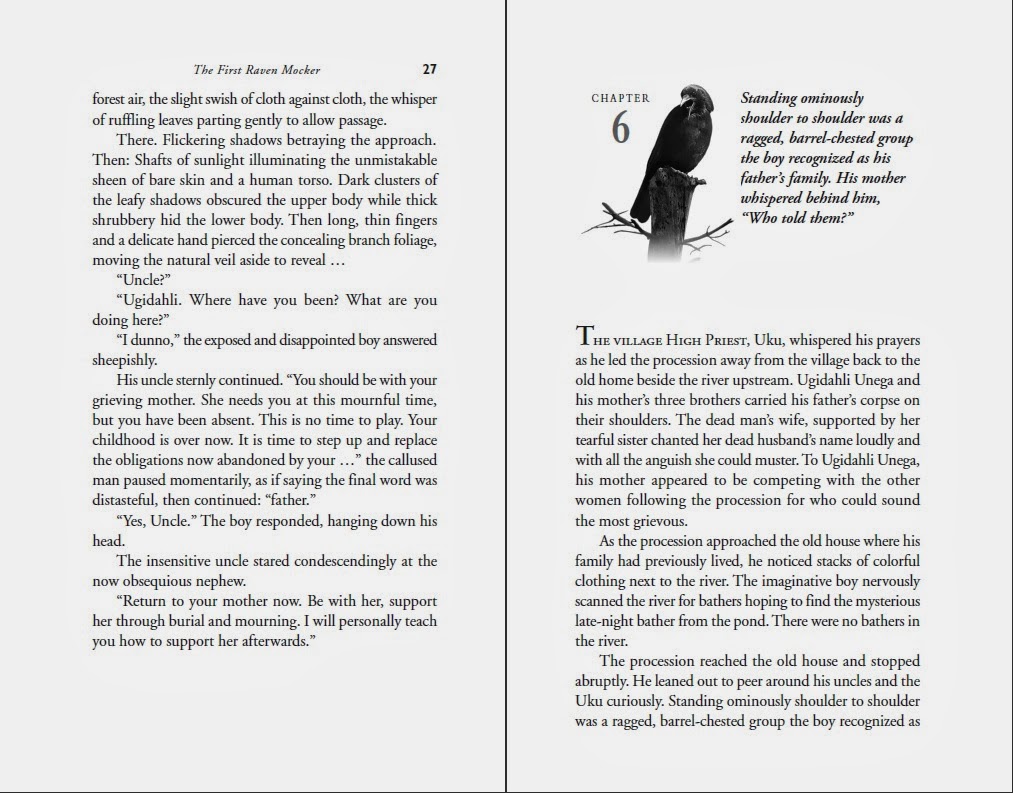Have you been told or have you heard from someone that they are the descendant of a Cherokee princess? Did you know that there were no Cherokee or Indian princesses? The simple reason is that there were no Cherokee kings or Cherokee royalty.
 |
A number of years ago I made the trip to Tahlequah, Oklahoma, the capital of the Cherokee Nation to research my family. All I knew at that time was that my great, great grandmother had said she was full-blood Cherokee and her brother had petitioned under the Dawes Act to get the family recognized but had been rejected. I wanted to know why the family had been rejected and to learn the truth.
I went to the Heritage Center and asked to speak with the resident genealogist. A young man came out, took one look at me and began lecturing me on the fallacy of Cherokee princesses. I didn’t say anything to prompt the lecture. In fact, I had never heard of a Cherokee princess and knew enough about the Cherokee culture to know that there were no kings, queens, or princesses. That concept comes from Europe.
But, apparently, he had run into this enough that it was a real sore spot with him. Then I noticed later that he gave a speech on the subject at a conference. So, perhaps he was practicing on me, I don’t know.
I still have never heard anyone claim that their ancestor was a Cherokee princess, but I do see it mentioned often in the literature and on blogs. It is quite clear that anyone who makes this statement in the Native American community is going to get laughed out of town.

Here’s the truth. Cherokee villages selected their leadership often by election. Usually selection was based upon the merits of the person—something they had done to earn the respect of the community. Positions of leadership included a Peace Chief, a War Chief, the Uku, clan elders, clan priests, and Beloved Women. If, in your research, you discover that your ancestor held one of these positions, that IS something you can be proud of and mention with pride.
 |
| Little Miss Cherokee |
So, where does this “princess” idea come from? There are many theories. Kimberly Powell, in her article “The Cherokee Princess Myth”, wrote: “During the 20th century it was common for Cherokee men to use an endearing term to refer to their wives that roughly translated as “princess”. Many people believe this is how the princess and Cherokee were joined in the popular ancestry myth.”
Quoting from the Cherokee Heritage Documentation Center website, “Many people have the impression that the Cherokee historically had princesses.? In fact, there has never been a title of princess in the Cherokee culture. By definition of the word, there is the possibility that a Chief’s daughter may have been thought of as a princess by other visiting cultures, much like a King’s daughter would have been called.”
Christina Berry, in her internet article for “All Things Cherokee” wrote, “Another possibility is that families living in an intolerant white American culture wanted to emphasize the "civilized" side of their Indian heritage, using the term as a way to Anglicize their Indian heritage. Another possibility is that "princess" was used as a term of endearment for a beloved grandmother, but used out of context generations later.”
I think that the Pocahontas myth probably has been influential in promoting the “Indian Princess” myth. In 1806, J. N. Baker produced the play "The Indian Princess or La Belle Sauvage" based on the Pocahontus legend from John Smith.
And in 1841, William Watson Waldron of Trinity College in Ireland published “Pocahontas, American Princess: and Other Poems,” calling Pocahontas "the beloved and only surviving daughter of the king."
And, then there is Princess Winona, who is the central Native American character in a “Lover’s Leap” romantic legend set at Maiden rock, Wisconsin Winona leaps to her death from Maiden Rock rather than marry a suitor she does not love.
Also adding legitimacy to the myth is Lake Trahlyta perportedly named for Princess Trahlyta of the Eastern Band of Cherokees.
So, there are many possibilities why some people today may believe they have descended from a Cherokee Princess, unfortunately, however, they have just been misled somehow.




















